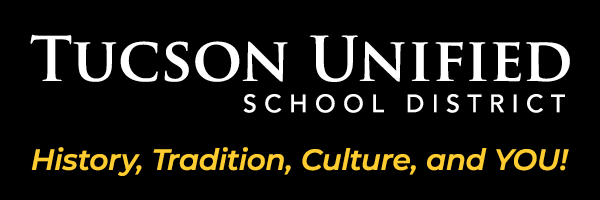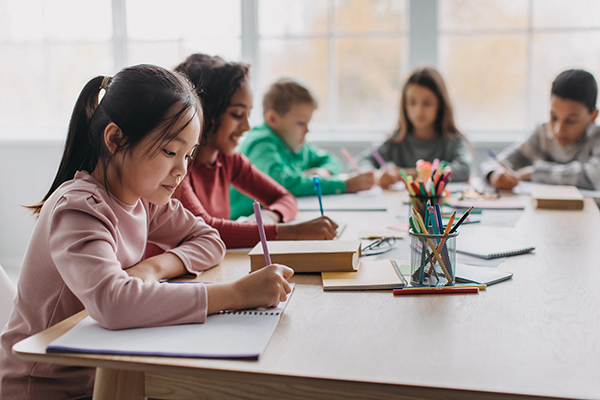2nd Grade ELA Course
Question 1: What can I learn from books and exploring the world around me?
We develop a community of learners, practicing routines for reading, writing, listening and speaking. We review letter-sound relationships and use them to read and write full sentences that share ideas. Learning to have constructive conversations with our classmates helps us build ideas and prepare for writing.
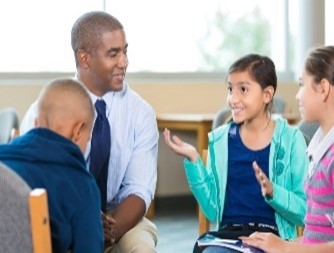
As we study animal habitats and features, students learn to process two texts, gaining a better understanding of a topic. Students look at the structure of stories and informational text, comparing and contrasting important points. We build our understanding of patterns that make up words, focusing on short vowels and consonant blends.

Characters in stories face challenges and must solve problems. Learning about how characters respond will help us determine the central message or moral of a story. Students will think about ways we manage and solve problems in our lives. We will study long vowel patterns and practice reading and writing stories with long vowel patterns.
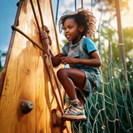
Students learn about the functions of government to keep communities safe and free; thinking about how they can contribute to their community. New vocabulary will support our understanding of community needs and expectations. We will work on vowel patterns that are impacted by the letter “r" as we read and write.
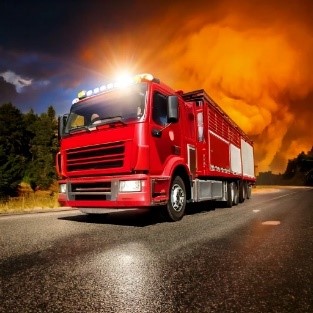
Through an exploration of folktales, we learn about culture and point of view. Students think about the variety of stories told across the world that share similar lessons or themes. We become narrators of our own stories. Students recognize and use vowel-r syllable patterns to read and write narrative texts.
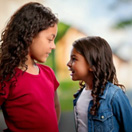
As we learn about inventions and inventors, students draw inferences and determine important facts from texts. We use images (photos, diagrams, etc.) in text to support our comprehension and clarify our misunderstandings. Students use vowel teams in their spelling to support more complicated patterns in words.

As we learn about the tradition of storytelling across cultures, we notice common themes and messages that provide valuable lessons. Students make connections between traditional tales as we dive into how characters, settings and plot reflect our experiences. Students continue to learn about the various sounds of vowels and the patterns that are used in conventional spelling. Practicing these patterns make reading and writing more efficient.
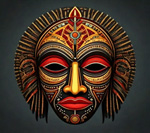
Students learn about primary sources such as photographs, maps and artifacts as we learn about the past. We explore non-fiction text features such as timelines and captions, noting how they support better understanding of a text. We practice forming contractions and using commas as we write friendly letters to others. Students study compound words and how adding endings can change a base word’s spelling.

The Earth’s surface is constantly changing due to the movements of wind and water. Students discuss cause and effect relationships, thinking about how weather patterns and human activity impact our world. We learn to use nonfiction features, such as glossaries and dictionaries to determine the meaning of unknown words. Students will learn about suffixes of comparison (taller, tallest) to gain clarity and add precision to their writing.

Students explore how producers, buyers and sellers are connected; recognizing the difference between needs and wants. We learn how different people respond to challenges in creative ways and how people make the best choices to meet their needs in diverse settings. We learn about suffixes that can change the part of speech and identify the “schwa” sound in many words (often a vowel that represents an unexpected sound).
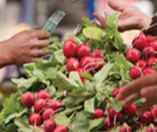
Everything is made up of matter, be it liquid, solid or gas. Students learn the properties of matter and how those properties can change under certain conditions. Features within a text (photos, diagrams, etc.) can help us clarify our understanding of scientific concepts. Students use known root words as a clue to the meaning of unknown words in text. This “taking apart” of words helps us build knowledge and grow our vocabulary.

We are here to equip, inspire and enrich the strengths of all learners with relevant educational experiences for lifelong learning.
Every day we strive to provide a world-class education that is equitable, empowering and inspiring for all.
Learn more about our programs & resources.
C&I Department
520-225-6282
1010 E. Tenth St., Tucson, AZ 85719 Map (google.com)
